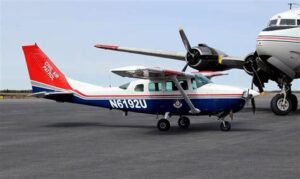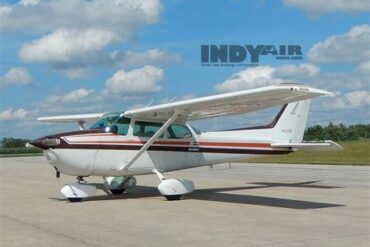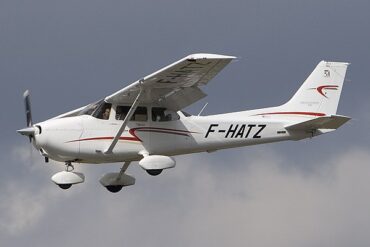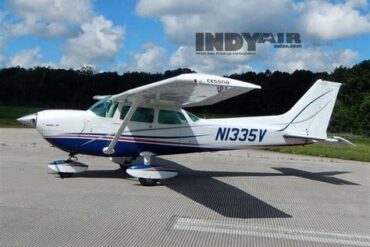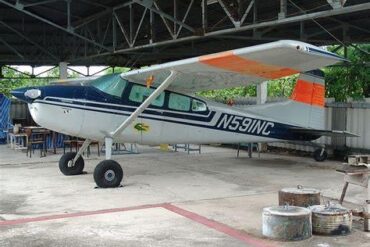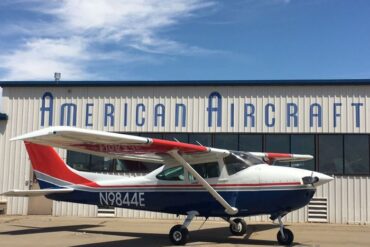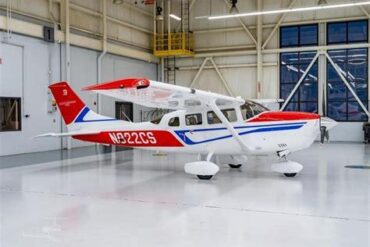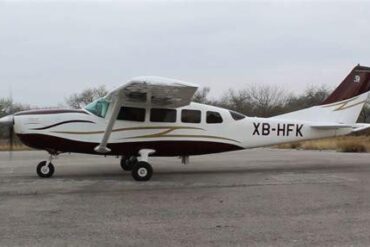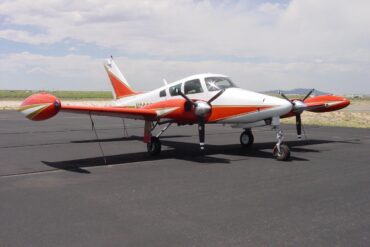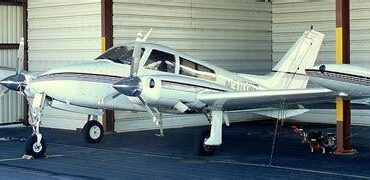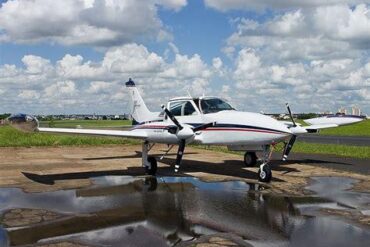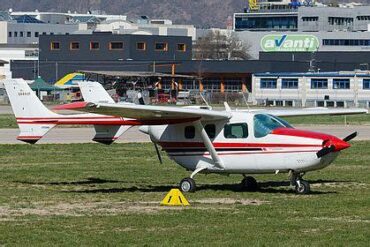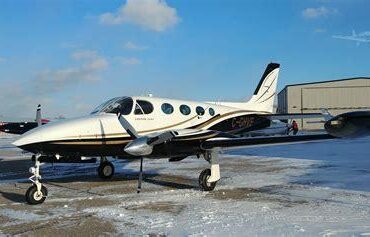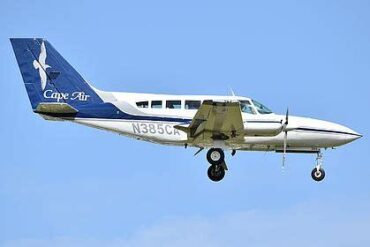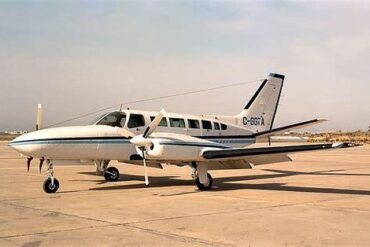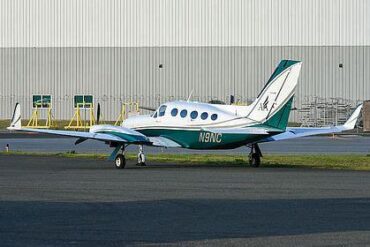The Cessna 206G, often revered for its versatility and performance, stands as a staple in the general aviation sector. This article delves deeply into the price and operating costs associated with the Cessna 206G, providing prospective buyers and operators with a comprehensive understanding of what to expect when considering this aircraft.
Introduction to the Cessna 206G
The Cessna 206G is part of the Cessna 206 family, which has been in production since 1962. Known for its robust design, the 206G is an excellent choice for both personal and commercial use. Its spacious cabin can accommodate up to six passengers, making it ideal for family trips, cargo transport, or medical evacuations. The aircraft is powered by a Continental IO-550-U engine, which provides impressive performance characteristics, including a cruise speed of approximately 145 knots and a range of around 800 nautical miles.
Current Market Price of the Cessna 206G
When evaluating the price of a Cessna 206G, several factors come into play, including age, condition, modifications, and market demand. As of the latest data, the average market price for a used Cessna 206G ranges from $200,000 to $400,000. Here’s a breakdown:
| Model Year | Average Price | Notes |
|---|---|---|
| 1980 – 1990 | $200,000 – $250,000 | Older models, more wear |
| 1991 – 2000 | $250,000 – $300,000 | Good condition, moderate hours |
| 2001 – 2010 | $300,000 – $350,000 | Newer models, low hours |
| 2011 – Present | $350,000 – $400,000 | Recent models, excellent condition |
The price variance is significant, reflecting the aircraft’s condition and modifications. Newer models with advanced avionics and upgraded interiors command higher prices. Additionally, specific features like turbine engines, enhanced avionics, and custom interiors can further influence the final cost.
Operating Costs Breakdown
Understanding the operating costs of the Cessna 206G is crucial for budget planning. Operating costs generally include fuel, maintenance, insurance, hangar fees, and pilot salaries (if applicable). Below is an in-depth analysis of each component:
Fuel Costs
Fuel is one of the most significant operational expenses. The Cessna 206G typically consumes around 15 to 17 gallons per hour of fuel during cruise flight. With the average cost of avgas (aviation gasoline) fluctuating around $5 to $7 per gallon, operators can expect to spend between $75 to $119 per hour on fuel alone. Here’s a simple calculation:
-
Hourly Fuel Consumption: 16 gallons/hour
-
Fuel Price: $6/gallon
-
Total Fuel Cost per Hour: 16 gallons * $6 = $96
Maintenance Costs
Maintenance is another crucial expense that cannot be overlooked. Regular maintenance ensures the aircraft remains airworthy and safe to fly. On average, operators can anticipate maintenance costs of about $1,500 to $3,000 per year, depending on usage and required services. Major inspections, such as 100-hour or annual inspections, can significantly increase costs. A detailed maintenance schedule might look like this:
-
Annual Inspection: $1,500
-
100-Hour Inspection: $1,000
-
Routine Maintenance: $1,000 – $1,500
Total annual maintenance costs can, therefore, range from $3,500 to $6,000, depending on the aircraft’s condition and how often it is flown.
Insurance Costs
Insurance is a vital part of owning an aircraft. For a Cessna 206G, annual insurance premiums typically range from $1,000 to $2,500, depending on the pilot’s experience and the aircraft’s usage. Factors influencing insurance costs include:
-
Pilot Experience: More experienced pilots usually pay lower premiums.
-
Usage: Commercial use may lead to higher rates compared to personal use.
-
Coverage Type: Comprehensive coverage will be more expensive than basic liability.
Hangar Fees
Hangar fees can vary greatly based on location. In metropolitan areas, fees might reach $500 to $1,200 per month, whereas rural airports may charge $200 to $500. Assuming an average of $600/month, annual hangar costs would be approximately $7,200.
Pilot Salaries
For businesses operating the Cessna 206G commercially, pilot salaries represent a significant expense. The average salary for a private pilot ranges from $40,000 to $80,000 per year, depending on experience and the nature of the flying. If the aircraft is flown part-time or as a side operation, costs can be pro-rated accordingly.
Total Operating Cost Summary
When combining all operating costs, we can estimate the total annual expenses for a Cessna 206G:
| Cost Component | Estimated Annual Cost |
|---|---|
| Fuel | $10,000 |
| Maintenance | $3,500 – $6,000 |
| Insurance | $1,000 – $2,500 |
| Hangar Fees | $7,200 |
| Pilot Salary (if applicable) | $40,000 – $80,000 |
| Total (excluding pilot salary) | $21,700 – $25,700 |
| Total (including pilot salary) | $61,700 – $105,700 |
This breakdown provides prospective owners and operators with a clearer understanding of the financial commitment involved in operating a Cessna 206G.
Resale Value Considerations
When purchasing a Cessna 206G, it’s also important to consider the aircraft’s resale value. Generally, Cessna aircraft maintain good resale values due to their reputation for reliability and demand in the used aircraft market. Factors affecting resale value include:
-
Overall Condition: Well-maintained aircraft tend to hold their value better.
-
Market Demand: Popular models in demand will have better resale values.
-
Modifications: Upgrades can enhance resale value but may also increase initial costs.
Conclusion
The Cessna 206G remains a favored choice for many aviators, thanks to its combination of performance, versatility, and reliability. Understanding the purchase price and operating costs is essential for any potential buyer. By considering factors such as fuel consumption, maintenance, insurance, and hangar fees, individuals and businesses can better prepare for the financial commitment of owning and operating a Cessna 206G. Whether for personal use or commercial operations, this aircraft offers a solid investment in the world of general aviation.
